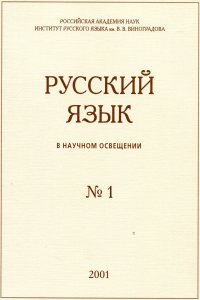The language of comment in social networks: an overview of morphological and syntactic features
Abstract:
In this paper we describe the difference between informal comments posted on social
networks and internet texts of journalistic style which tend to be written in standard Russian,
often referred to as Codified Literary Russian. We performed a quantitative analysis of more
than 180 graphic, morphological and syntactic features, and provided linguistic explanation
for those that turned out to be statistically significant. The main contribution of our work is as
follows: the peculiarities of electronically mediated comments are not confined to
misspelling, abnormal punctuation and lexical innovations, but embrace all levels of the
language, including morphology and syntax. We assume that the differences between the
language of comments and the codified literary Russian arise as a result of some underlying strategies. These trends are: economy (people tend to save speech means), segmentation of sense (people tend to put one thought into one phrase), compensation (people often try to add
information that is usually not transmitted in written form). Some of these strategies are also
used in generating oral speech, which explains the generally acknowledged similarity between
spoken language and many texts on the Internet.


